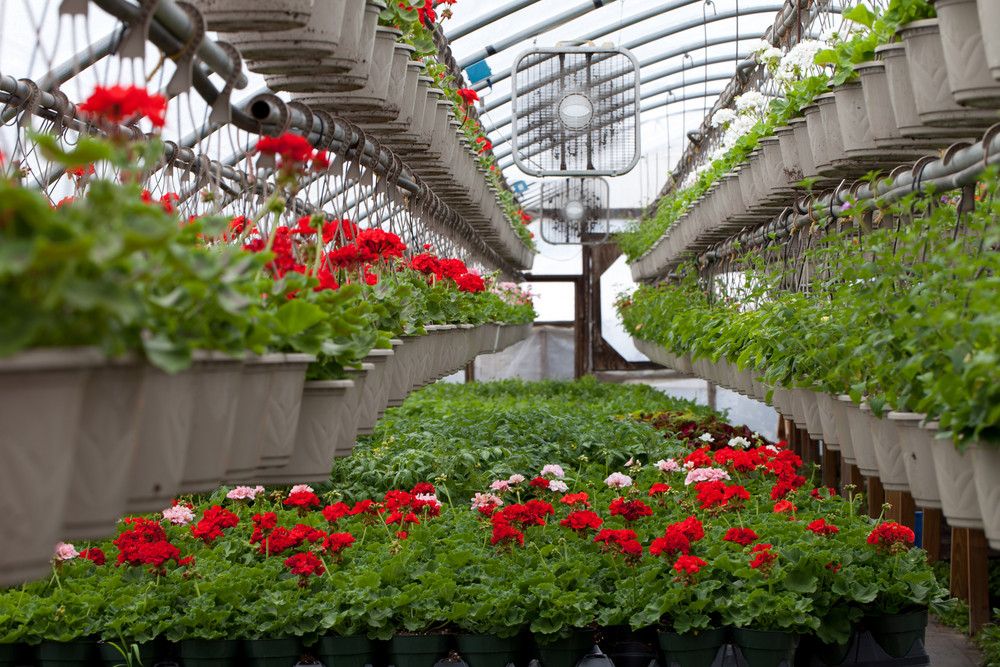As winter approaches, growing your food and plants may seem challenging due to cold temperatures and inclement weather. But don’t sweat it – you can grow fresh produce right at home with some planning and a good greenhouse setup. Let’s break down how you can tackle each step.
Transforming Your Pole Barn into a Greenhouse
Traditionally used for storage and shelter, a pole barn can be repurposed into a productive greenhouse with some strategic modifications. You have to make sure your base is solid. We’re talking about holding up all those plants, the dirt they’re in, and whatever pots or boxes you got them in. It’s like building a house; it won’t work out well if your foundation isn’t strong enough.
Bob Vila will tell you having a proper foundation, insulation, and electricity in your pole barn provides as much as an 80% return on investment. It’s just like building anything else – without a firm base, everything could go sideways really quickly! Insulating the pole barn is crucial to maintain a stable temperature. Insulation helps keep the greenhouse warm during the winter and cool in the summer, creating a comfortable environment for your plants to thrive.
Growing Flowers to Brighten Winter Days
Flowers add beauty and color to your greenhouse and can also positively impact your mood. In fact, 88% say that receiving flowers improves their mood. Many flower varieties, such as pansies, violas, and camellias, are known to bloom in the winter months. Planting these in your greenhouse will ensure a continuous display of vibrant colors. Plant bulbs like amaryllis and paperwhites in containers, as they’re perfect for sprucing up your indoor space with a splash of color and sweet smells when it’s chilly out there.
If you’re trying to keep your greenhouse popping with color even in the dead of winter, don’t sleep on pansies, snapdragons, and hellebores. They are sturdy enough to withstand chilly temps and still deliver that floral eye candy we all love!
Growing Veggies and Saving Money
With rising grocery prices, growing your vegetables in a greenhouse during the winter can be a cost-effective solution. You wouldn’t believe this, but the FDA reports that we toss out 30% to 40% of our total food supply. Try growing veggies like spinach, kale, and carrots. They’re chill with cold weather and can rock it in a greenhouse all winter. They’ll make your salad game strong even when the snow’s piling up outside!
With the right conditions, you can grow tomatoes and peppers even in winter. Growing tomatoes, peppers, and herbs is not just a way to flex your green thumb. Nothing beats fresh ingredients when you’re trying to impress at dinner time. Fresh herbs can elevate your dishes and save you money at the same time. Consider growing basil, parsley, and rosemary in your greenhouse year-round.
Creating a Healthier Indoor Environment With House Plants
By growing certain houseplants in a greenhouse, you can take care of the need for clean air during those chilly winter months. These plants don’t just spruce up your home with a natural vibe; they also actively work to cleanse the air we breathe. The snake plant, a real champ at cleaning the air, is easy to take care of. It’s perfect for greenhouses because it doesn’t need much attention and can handle all seasons.
Peace lilies are excellent at removing pollutants from the air. Peace lilies aren’t just top-notch air purifiers; they’re real beauties, too. Their radiant white flowers add a dash of elegance to any indoor setup.
Turning a pole barn on your property into a proper greenhouse allows you to grow flowers, vegetables, and plants throughout the winter. With the rising cost of food and concerns about food waste, a winter greenhouse offers a sustainable and cost-effective solution while brightening your home during the colder months.


